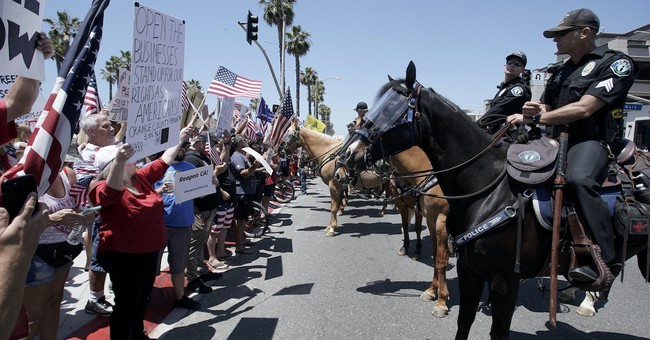
Thousands of Californians protested Gov. Gavin Newsom’s Stay at Home orders over the last week, from Huntington Beach to Sacramento and many places in between. While the media focused on beach access, protesters were mainly concerned about being able to get back to work, to save their businesses, and with pushing back against government overreach under the guise of a public health order.
Individuals were protesting and ready to revolt, but county officials were also beginning to push back against Newsom’s central control. Modoc County was the first to reopen, on Friday, May 1. Over the weekend Yuba and Sutter counties announced that they would be reopening. Kern County, in the Central Valley, rescinded its Stay at Home order May 2, but officials there noted that residents and businesses are still subject to the state order, and the Riverside County Board of Supervisors are expected to vote to reopen at their Monday meeting. In addition, some businesses in San Clemente (south Orange County) opened despite the county order still being in force.
During Newsom’s press conference a week ago Monday he said the state was “weeks, not months” away from reopening but by Friday (as protests raged throughout the state) he changed his tune to “days.” In Monday’s presser Newsom announced that indeed the state would move into “phase 2” of reopening this week:
Today we are announcing our efforts to update our stay-at-home guidelines and begin the process of moving into phase 2. That process will begin later this week.
On Thursday the 7th we will put out the guidelines. If the guidelines are met and modifications are made then people can start reopening with those modifications in these particular sectors as early as Friday.
If the guidelines aren’t put out until the 7th it is a little difficult to have all of those modifications in place by the 8th, Governor. Newsom (per usual) didn’t specifically outline which types of “retail” businesses will have the ability to reopen, but according to his comments bookstores, music stores, toy stores, florists, sporting goods retailers, and clothing stores are covered if they follow whatever guidelines are announced Thursday. Manufacturers serving those sectors can also reopen, provided they have “social distancing” measures in place to protect their employees.
These types of businesses are still ordered closed:
Offices, shopping malls, and seated dining at restaurants are still ordered shut. Personal grooming businesses, entertainment venues, live concerts and sports are also not included in the first phase of Newsom’s reopening plan.
And if establishments that aren’t supposed to open do, what will happen? As he did last Monday, Newsom issued a little “Nice business you got, it’d be a shame if something happened to it” type of warning (emphasis added):
“I know that there are some businesses that are not waiting for these announcements. There may be, in some cases, unfortunate consequences in that. I don’t say that to be punitive. I’ll just say that as a proof point.
“I know that just the Alcoholic Beverage Control here at the State of California has investigated 81 businesses that opened up as bars and some restaurant bars. Eighty of them were shut back down because of license — licenses that were threatened to be pulled….There’s no reason to do that without the expectation that the public health officials and agencies across this state are gonna do what we can to continue to get people to do the right thing and obey these stay at home orders.”
Before turning the time over to Dr. Sonia Angell, the state health officer, Newsom reiterated for the masses that reopening will begin this week but denied that his decision had anything to do with the massive resistance he’s been facing or the fact that the state is going to run out of money for unemployment claims:
We are entering into the next phase this week, end of the week. With modifications, we will allow retail to start operating across the spectrum. We will allow regional modification, but only after self-certification of particular criteria that will allow even further implementation of our phase 2.
This is a very positive sign, and it’s happened only for one reason: the data says it can happen.
Dr. Angell stated that Wuhan coronavirus hospitalizations across the state have been dropping for more than a week, and have been flat since April 20th.
She also gave an update on hospital and ventilator availability statewide. According to the LA Times’ coronavirus tracker, there are around 4,700 patients with suspected or confirmed coronavirus hospitalized statewide and an additional 2,072 beds ready to accept patients. The bigger statistic is that there are more than 10,000 ventilators in the state not in use, and with a total of 1,500 being cared for in intensive care units it would take a larger spike than any jurisdiction has seen for there to be a shortage of ventilators in California.
According to Angell and Newsom, counties or regions who’d like to petition the state for further modification will be required to submit a detailed, public plan saying outlining how they are going to meet the state’s readiness criteria, which has not yet been released.
Keep up the pressure, Californians. Your voices are being heard.
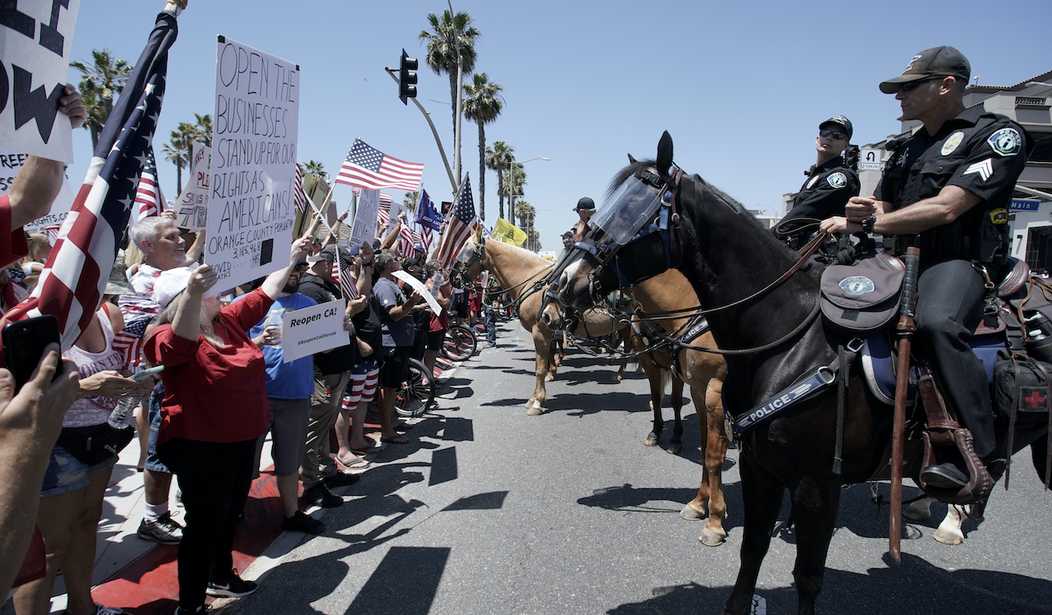
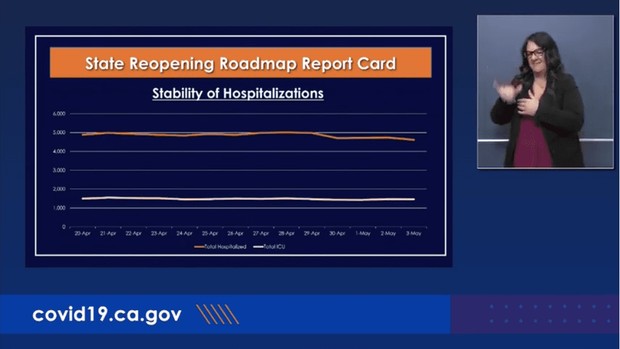
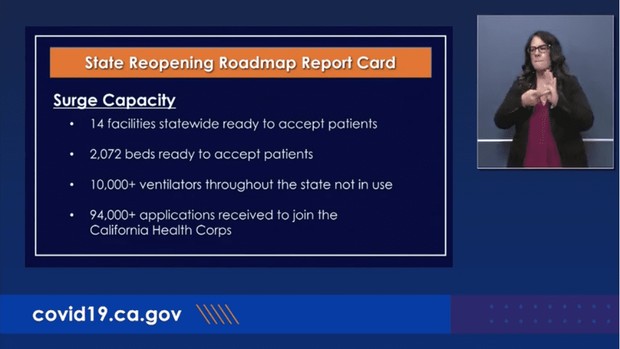



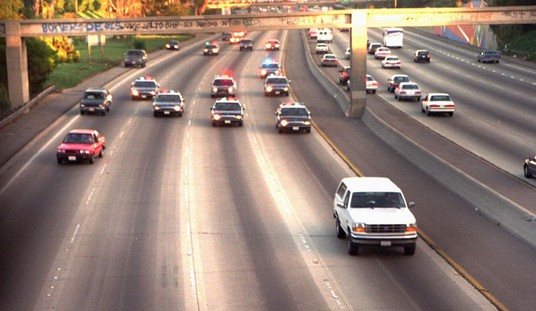










Join the conversation as a VIP Member